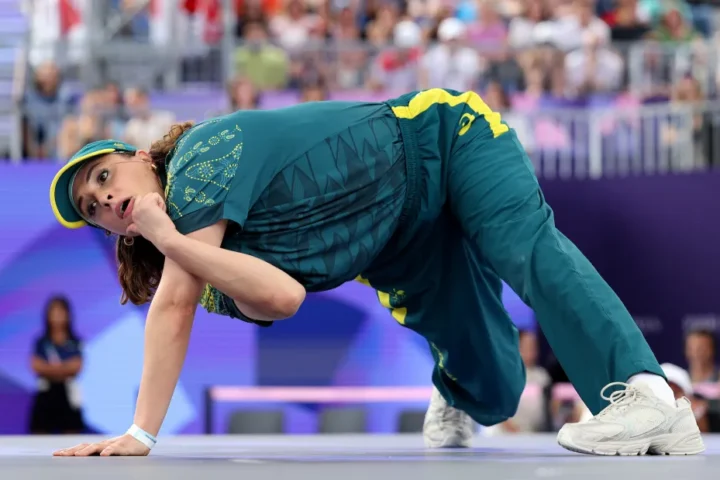Statistical Analysis Reveals Equal Skill Levels in Tennis, Exposing Long-Held Gender Biases
In the realm of sports, women frequently face the arduous task of proving themselves as capable as their male counterparts. However, recent statistical evidence has emerged, challenging the long-held belief that women are more inconsistent tennis players compared to men. The data suggests that the rules of the game inherently favor men, and when adjustments are made, the perceived differences in skill level dissipate.
Historically, women’s tennis records have shown more variability, and their careers have often been shorter than those of men. This discrepancy has led to a barrage of sexist commentary from sports analysts and even male tennis stars. Female athletes have endured body-shaming, hyper-sexualization, and criticisms regarding their ability to balance a traditional home life with a professional sports career. Even renowned players like Maria Sharapova have not been spared from such judgment.
Statistician Stephanie Kovalchik has debunked these unfounded claims, highlighting that the format of Grand Slam tournaments — Wimbledon, the Australian Open, the French Open, and the U.S. Open — plays a significant role. In these tournaments, women compete in best-of-three matches, while men play best-of-five. Though it may seem a minor difference, these additional matches profoundly impact the consistency and representation of players’ records.
A 2012 article in the Boston Review draws an analogy, comparing a best-of-five match to a “novel” and a best-of-three match to a “short story.” The former offers a more comprehensive and compelling narrative, while the latter leaves the audience wanting more. Extending the length of women’s matches would provide a more consistent and representative record, effectively nullifying the supposed inconsistency in women’s tennis.
Kovalchik’s calculations reveal that if women played best-of-five matches, the skill gap between men and women would significantly narrow. “A player who wins 60 percent of her individual sets will win, on average, 64 percent of her best-of-three matches and 68 percent of her best-of-five matches,” she explains. This statistical insight echoes the principles of probability taught in high school math, but with far-reaching implications for the recognition of female athletes.
The call for equalizing the match lengths is not new. Stacey Allaster, Chairman and CEO of the Women’s Tennis Association, has repeatedly advocated for increasing the number of women’s matches in Grand Slam tournaments from three to five. This change would not only symbolize equality in the sport but also correct a historical imbalance rooted in outdated notions. The best-of-three restriction stems from a 1902 rule suggesting that five games would be too strenuous for women — a notion easily refuted by the formidable performances of modern players like Serena Williams.
In conclusion, it is clear that women are just as skilled at tennis as men, and the existing format of the game unfairly disadvantages them. By revisiting and revising these outdated rules, the sport can move towards a more equitable and accurate representation of talent, ensuring that women receive the recognition and opportunities they rightfully deserve.
4o










